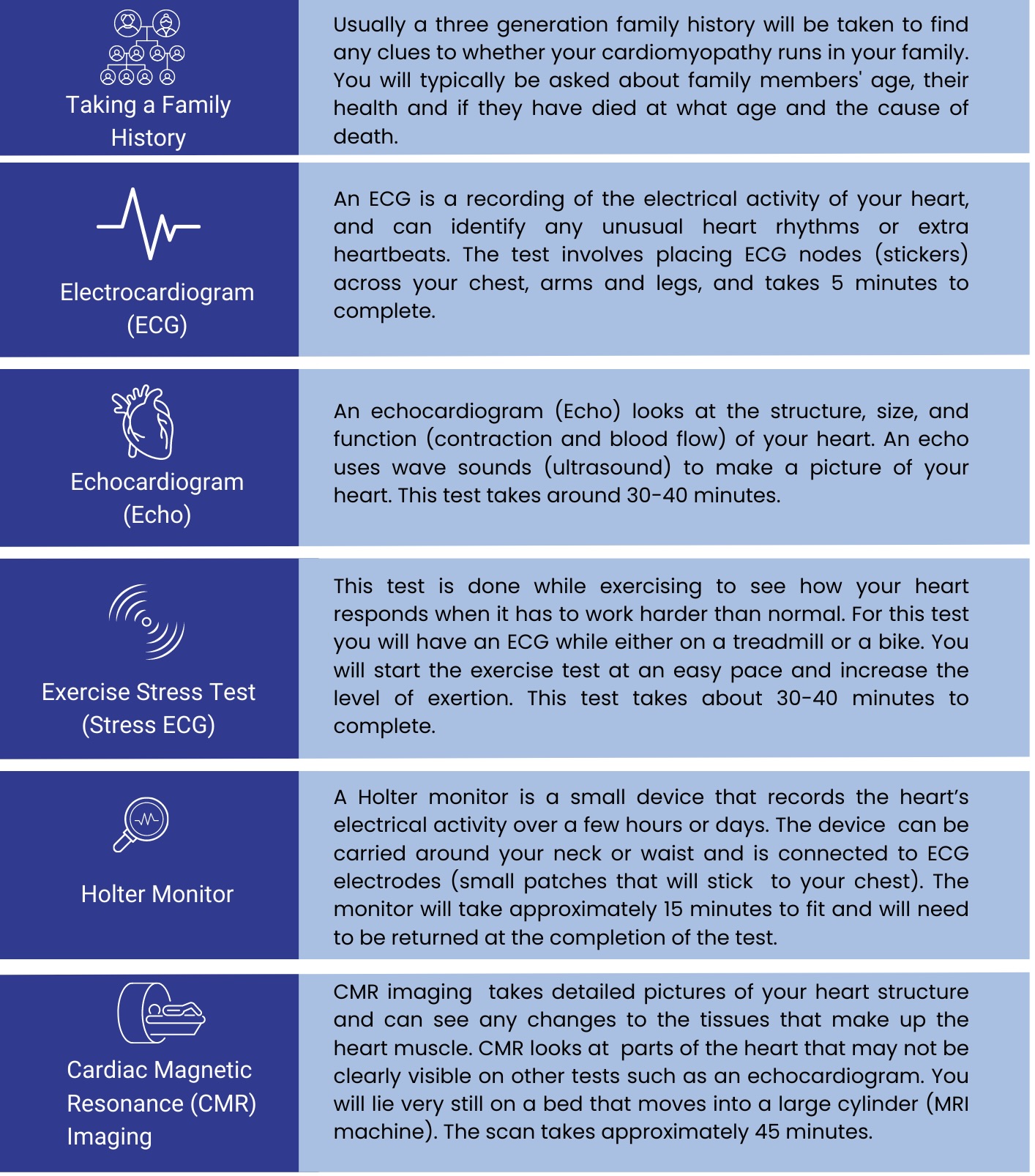The heart has four chambers. The top two chambers are called atria and the bottom two are called ventricles. HCM typically thickens the muscular walls of the left ventricle, which is the main pumping chamber of the heart.
The thickening of the muscle makes it harder for the heart to relax and fill with blood, and then contract to pump blood out and around the body.
Depending on the location and the thickness of the muscle, the blood flow out of the heart can be affected. This is known as the hypertrophic obstructive cardiomyopathy (sometimes referred to as HOCM).
Changes to the heart muscle can disrupt the electrical activity of the heart, leading to irregular or unusual heart rhythms (arrhythmias).
- In unaffected hearts, the thickness of the muscle in the left ventricle is 7 to 10 mm in adults. In people with HCM, the thickness can be 15 mm or more.
- Often, the heart appears normal early in life, but the heart muscle thickens over time.



